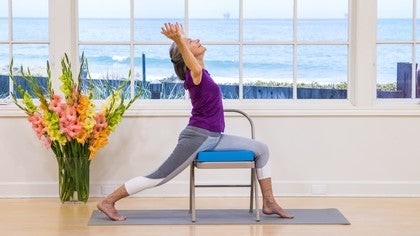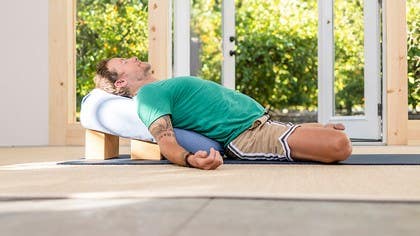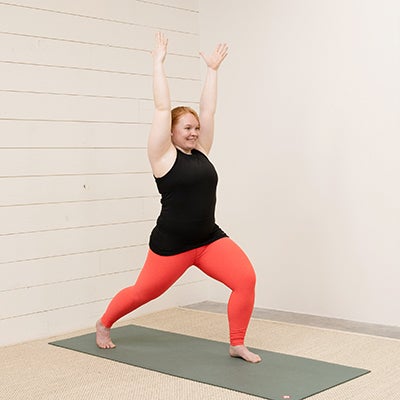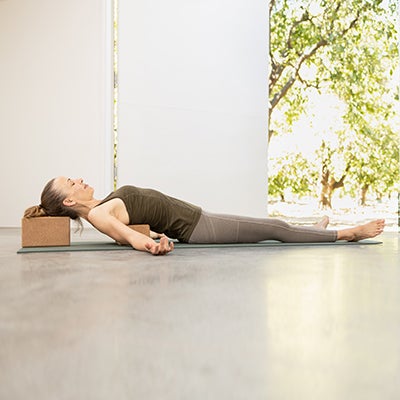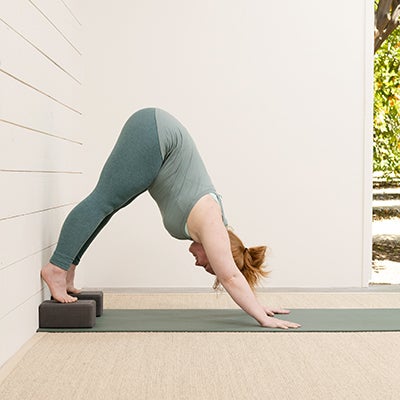Yoga for Beginners
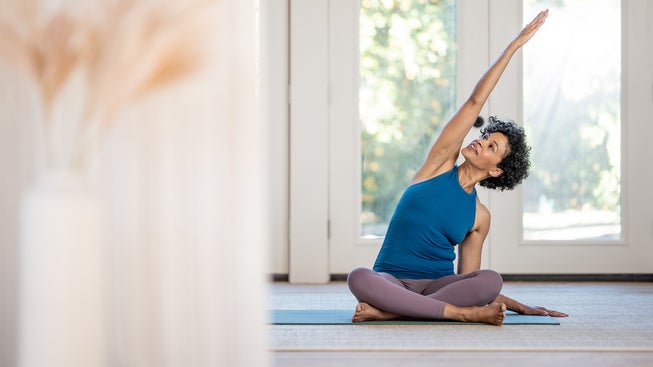
Introduction to Yoga
Whether this is a return to your yoga practice or the first time you’ve unrolled a mat, everything you need to get started is already available to you. All you have to do is begin. As you start practicing some questions may arise, and we're here to help. Explore various yoga styles, props you may find helpful, common beginner poses, and much more—all in one place. Your yoga practice is meant to be a judgement-and intimidation-free zone. Why? Because everyone can enjoy the many physical and mental benefits of yoga right here, right now. We're in this together. Let’s begin.
The Benefits of Yoga
There are so many amazing benefits to yoga, it’s almost easier to list what a yoga practice doesn’t benefit than what it does. Stepping onto the mat even once a week can lower cortisol levels, resulting in decreased stress, anxiety, and depression. Yoga improves strength, balance, and flexibility, stimulates the circulatory system, supports spinal health, and boosts immunity. Yoga practitioners can find it easier to focus, report feeling happier, and experience an improved quality of daily life. Yoga’s benefits also extend into the night, helping you fall into a more restful sleep more quickly. With a regular practice, you may feel a boost in self-esteem, inner strength, and overall well-being. All these benefits aside, we encourage you to check-in after your practice and simply ask yourself: How do I feel? The proof is in the pudding.
Yoga Props and Helpful Tips
One of the many beauties of yoga is that it doesn’t require much to get started or to sustain your practice. If you are practicing yoga at home, you’ll need an open space large enough to fit a mat and that allows you to move freely without bumping into furniture. You may also be wondering what props you will need. While many practices don't require props, we recommend having a block or two (you can substitute books if needed) on hand, a long strap (substitute a belt or towel from your closet), a blanket, and a bolster (substitute a couch cushion). You'll want a good yoga mat to support your practice. If you are practicing at a studio, they will most likely supply the necessary props for class, but we suggest that you bring your mat along with you just in case. Next you'll want to determine the style of yoga that is right for you.
Yoga Resources and Tips
Beginner Poses to Know
There are thousands of yoga asanas, or yoga postures, but don’t worry—you don’t need to cram for your first class. As a beginning yogi, it will be helpful to know a few common poses to get you started. They will mostly fall in the following categories.
Bridge Pose
Bridge Pose
A pose that can be energizing or restorative, Bridge Pose stretches the chest and neck, opens the heart, and rejuvenates tired legs. This pose is also deeply calming for the brain, eases stress, and reduces fatigue. Pay attention to the sweetness that occurs after the posture.
Easy Pose

Easy Pose
Easy Pose opens the knees, ankles, and hips. While the spine lengthens, this posture promotes strength in the small muscles of the spine, and a sense of rootedness throughout the entire body.
Down Dog
Down Dog
One of the most common yoga poses, Downward Facing Dog (or Down Dog, for short) builds strength in your arms, shoulders, and legs while stretching your hamstrings, shoulders, calves, feet, and spine. Focusing on the depth of your breath will reveal the magic.
Terms to Know
Sanskrit is a language of ancient India and you will often hear it being used in yoga classes. You don’t need to be fluent by far, but two common terms to know may happen at the beginning and end of yoga class.
Om or Aum
Often chanted at the beginning or end of class, you might feel the sound Om as the vastness of the universe in all its mystery and beauty contained in one word.
Namaste
At the close of class, your teacher may hold her hands to her heart, say "Namaste." The word Namaste means “the divine in me bows to the divine in you."
What to Wear
Yoga Styles
Ask yourself: What am I looking to gain from my practice today? If you are looking to sweat or elevate your heart rate a bit, you may be interested in movement-based classes like a beginner level Hatha, Vinyasa, or Ashtanga class. If you are looking for slower and more thoughtful movement, you might begin with practices that emphasize healing like Yin or Restorative yoga. If you're more interested in connecting deeper within, you are going to want to seek classes that include Meditation and Pranayama, and that emphasize a relationship with the subtle realm. While the definitions of levels may vary from studio to studio, typically a level 1 or level 1/2 class will be geared toward beginner yogis. Remember that yoga is for everybody, and any style of yoga, from Yin to Vinyasa can be beginner-friendly, just make sure it’s labeled as such.
Yoga History & Philosophy
The practices of yoga are designed to guide us towards an experience of Yoga. Derived from the Sanskrit root “Yuj,” meaning “to yoke, or join,” the experience of Yoga is freedom from the feeling of separateness, creating a mind blowing sense of intimate belonging. The original recorded experiences and teachings of yoga arose in India, some scholars say as early as 3000 B.C.E. We can trace the evolution of teachings through the texts of the Vedas, Upanishads, Yoga Sutras, and the Bhagavad Gita. The physical practice of yoga (asana practice) gained traction in the West in the 20th century as a means to attain health, beauty, and counter the effects of aging. And yet, no matter the reasons for practicing, a magic occurs through the practice of yoga. As the usual tensions relax, a deeper inquiry arises, sparking a quest to discover our true nature, allowing life to be richer and more wonderful.
Next
Yoga Anytime Membership Benefits
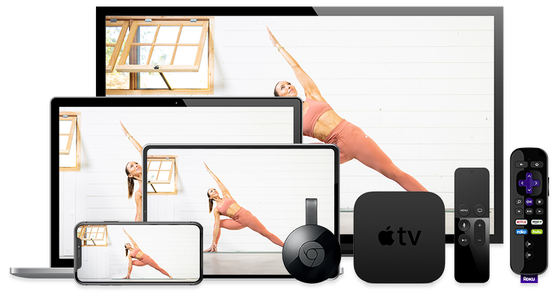
- 15-Day Free Trial
- Unlimited access to 3,100+ classes
- 150+ Yoga shows and challenges
- No ads
- New videos weekly
- Watch on all your favorite devices
